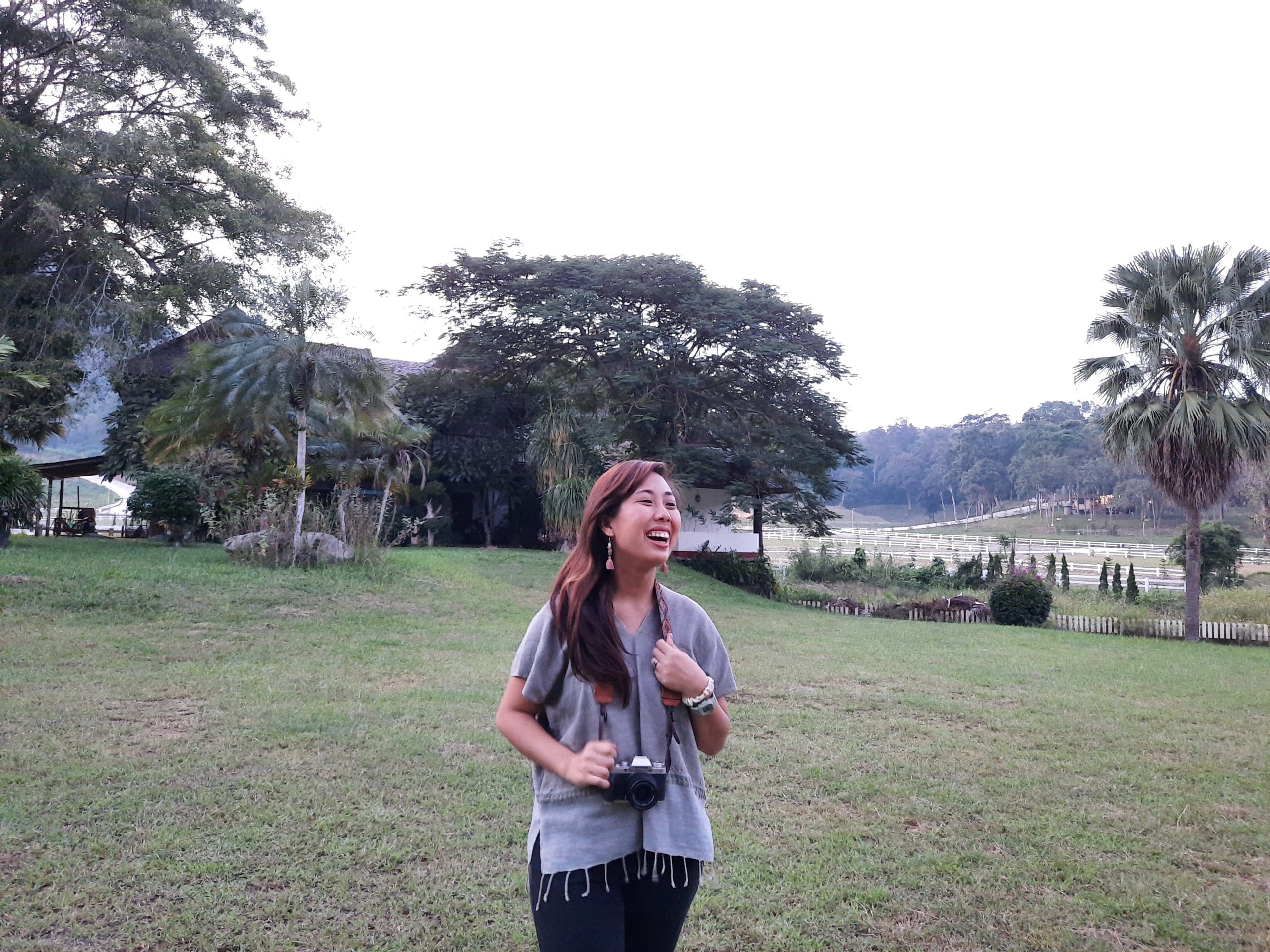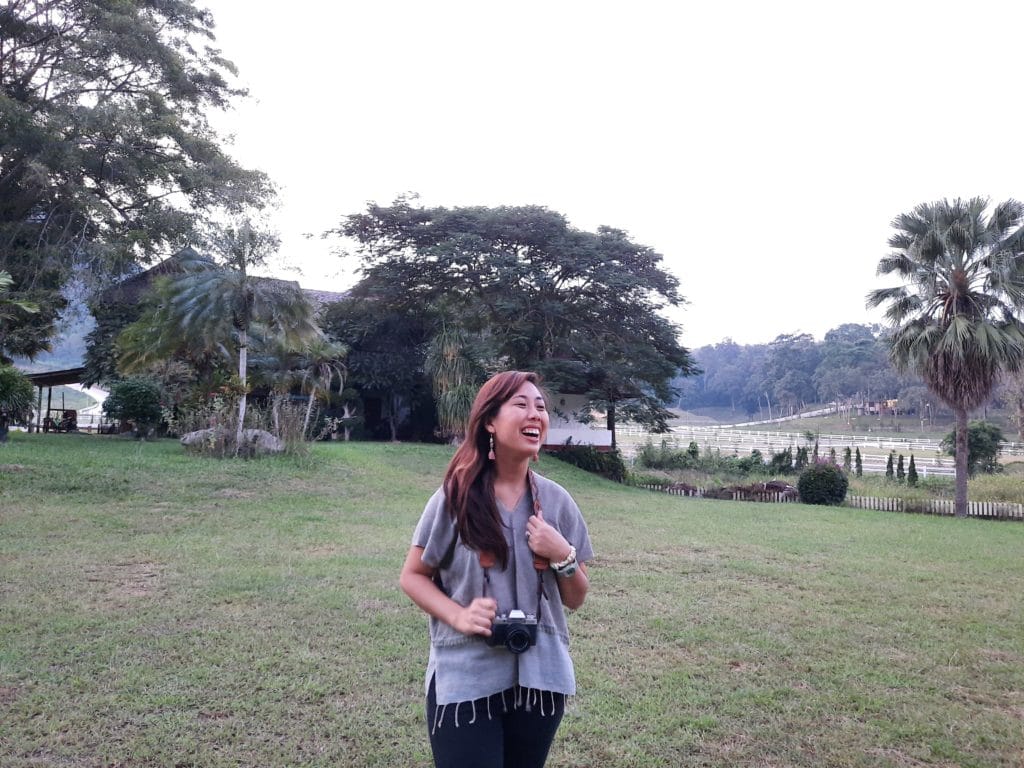
Our big leap into professional photography – fujifilm x-t200 for beginners
When we first started building this TrooperMoo site, one of our first priorities was to get a good camera so we can capture all of our travels in all its beauty. But there are SO MANY CAMERAS out there in the market. To me, it’s not a small investment, so I wanted to choose carefully.
I kind of knew what I wanted: The camera has to be small and light because I try to travel light; it has to be pretty because #aesthetics; it has to be easy to learn so I won’t get lost in all the technical details, and of course it has to be able to take professional photos.
This meant that DSLRs and compact cameras are off the list. After searching around, Fujifilm’s mirrorless cameras caught my eye because of its irresistible retro look (how to get an artist’s attention: make your product look pretty). Eventually, after more hours of googling and reading many reviews, we finally placed our order for Fujifilm X-T200 on Lazada Thailand.
Just a note that Fujifilm offers a similar, cheaper camera X-A7. Its price and features are equally attractive, but the difference is that X-T200 is equipped with an electronic viewfinder, which is important to me to photograph more accurately.
Here comes the hardest part: WAITING. Actually, we tried going to the brick-and-mortar stores to buy the camera because I was so excited to get it immediately. But it costs a whopping 10,000 baht more in those shops! So of course, Lazada was the way to go, and I just had to wait. In the meantime, to make the waiting less agonising, I went hunting for the accessories like a pretty strap and camera bag, hehe.
3 days later, the camera finally came and after shooting with it for a week, I’m happy to say that the Fujifilm X-T200 is not just pretty but also pretty damn functional.
Falling in love with the Fujifilm X-T200
So, it’s time to introduce the Fujifilm x-t200 for beginners like you and me. The X-T200 is Fujifilm’s newest entry-level mirrorless digital camera released in February 2020. The first thing I noticed about the camera is just how REALLY light it is at only 370 grams. It’s also super ergonomic in that it has a hand grip on the right side of the body. Since dark grey was out of stock, we went for the gold colour option, which turned out really nice. I like it that the camera’s physical interface is uncluttered with minimal buttons and dials. Also, the touchscreen is fully-articulating, which means that you can pull it out and turn it so that you can take properly-framed selfies!
The manual provides some basic instructions on how to set-up the camera for the first time, and it’s pretty easy to follow.
LEARNING PHOTOGRAPHY
With smartphones, everyone can take decent photos nowadays and I think I am not an exception. But as I was soon to find out, professional photography is quite a different ball-game as compared to smartphone photography. Of course, I tried snapping away using the Auto mode first, but I quickly realised that Auto mode ain’t gonna cut it. So I searched up an Udemy photography course I had bought years ago to delve into all the technical details.
Except, it became too technical and theory-heavy for me. After hours of going through the course, I still could not take good photos without an obvious camera shake. It was incredibly frustrating as I was trying to photograph at a 3-day work event and the first-day photos were all blurry. So I decided that I had to quickly find some topic-specific help, and that’s when I found this amazing video by Omar Gonzales Photography. In 30 minutes, my problems with the camera’s focus and shake were troubleshooted. Check out his awesome videos on photography!
I surmise that because I had SOME background knowledge of photography, it’s perhaps better to learn by zooming in on topics of interest than to start from ground-zero. I know what kind of photos I like to take, and what I want to grow an expertise in, so I started looking for topic-specific material to learn from. This really changed the way I learn on the go and it has been so much more enjoyable since.
I get so confused with numbers easily so I find it helpful to have important basic photography concepts illustrated and always with me in a visual form. These cheat sheets are such a lifesaver! Pinterest has tons, look around to find something that will be most useful for you.
EDITING PHOTOS
Post-processing is an integral part of photography so I also had to make some decisions about which software to use. Being semi-professional (having a professional camera does not make me a professional, you know), I’m not too hard-up about having full-fledged softwares with all the intricate controls.
The good news is, Fujifilm cameras come with an editing software called Capture One Express for Fujifilm. The even better news is that it is FREE! So far, it has been able to handle all my editing needs quite well. The only thing is that I still haven’t quite figured out how the library system works. But that’s okay.
Fujifilm claims that the X-T200 has “unique color reproduction technology to capture precious memories in vivid colors”. This is an accurate claim – I LOVE the colours in my snaps! They’re vivid but also so natural, and post-processing further enhances them. Love it!
THE FEW DOWNSIDES
Every honest review has gotta mention the downsides, so here are a few cons of the Fujifilm X-T200: battery life and lens kit. They have been mentioned extensively online so they came as no surprise to me, but they still bother me as I use the camera.
The official battery life is 270 photos per charge, which is relatively short compared to other models and brands. Based on my own short experience with the camera, I could go through one low-intensity day on one battery charge, and half-day if I have to snap a lot of photos in a short time. To prepare for this, we got an extra battery to ensure we will always have juice.
Another common criticism of the X-T200 is the supplied lens kit, which is a 15-45mm lens. I am no expert at focal length, but as I use it, I find that the range is too limited for my liking. Perhaps we will need to get another lens!
I hope you find this review helpful if you are looking to upgrade from a smartphone to a professional camera. If you have any questions, don’t hesitate to comment below!
ACCESSORIES LIST
Camera strap – Sturdy, comfortable and artsy handmade straps from Thai artisan KEEP GOING, 350baht
Tripod – Yunteng VCT668, from Lazada
Camera bag – From Shopee
Fujifilm battery – NP-W126S, from Lazada








Leave a Reply